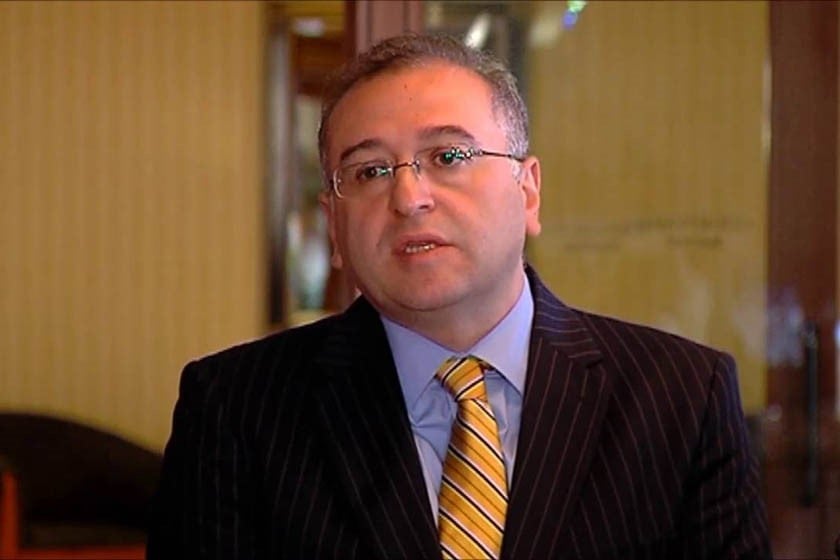Resume:
In parallel to the development of the banking sector, market interest rates for loans in Georgia have been characterised with a clear tendency of decrease between 2002 and 2018. At the same time, interest rates are decreasing at a slower pace for loans to individuals denominated in the national currency as compared to loans to individuals denominated in a foreign currency or loans issued to legal entities.
The interest spread, which is the difference between interest rates on loans and interest rates on deposits, also has a clear tendency of decrease. As with interest rates for loans, the pace of the decrease for the interest spread is also slower for operations made by individuals in the national currency. The figure itself is substantially higher as compared to the difference in operations made by individuals in the national currency and by legal entities in any currency.
Analysis
The President of the National Bank of Georgia, Koba Gvenetadze, in his speech at the Parliament of Georgia, stated that interest rates for loans issued to both legal entities and individuals are characterised by a tendency of decrease. The same applies to the interest rate spread.
The interest rate is the “price” the lender charges a temporary debtor with an agreement of return. The interest rate for loans is the “price” a borrower pays to an intermediary organisation/credit institute (bank, micro-finance organisation, etc.) whilst the interest rate for a deposit is the “price” which the depositor receives from an intermediary. The difference between the aforementioned two prices (the loan interest rate and the deposit interest rate); that is, between the interest expenditure given by a borrower to a lender and the interest profit received by a depositor from an intermediary is the interest spread. The less the interest spread is, the lower the profit received by an intermediary.
Graph 1:
Loan Interest Rate Change Tendency in Georgia
 Source: National Bank of Georgia
Source: National Bank of Georgia
As illustrated by the graph, the interest rates for loans in Georgia have a general tendency of decrease. However, differences are still visible if we take a look at borrower and loan currency. Specifically, the pace of decrease for loan interest rates issued to individuals in the national currency is much slower as compared to the interest rate decrease in loans issued in the national currency or to the interest rate decrease in loans in any currency issued to legal entities. At the same time, the interest rate change amplitude (the difference between the highest and the lowest points during a certain period of time) is higher in regard to individuals rather than legal entities.
Of note is that in parallel with the decrease in the interest rate for loans issued in a foreign currency, a short-term increase in loans issued in GEL has been visible since 2015. This is stipulated by the increased demand for loans issued in GEL which in turn was caused by the following reasons: the sharp depreciation of GEL and the service of debts issued in a foreign currency becoming more expensive alongside fluctuating expectations. However, the interest rate for loans denominated in GEL still continued to decrease following a short-term growth.
Graph 2:
Changes in Interest Rate Spread
 Source: National Bank of Georgia
Source: National Bank of Georgia
As illustrated in the graph, the interest rate spread has a clear tendency of decrease similar to the interest rate. Therefore, the interest rate for loans is getting closer to the interest rate for deposits. An analysis of borrower and loan currency demonstrates that the interest rate spread decreases slower in the case of individuals making operations in the national currency and the spread itself is relatively high. The figure is the lowest in operations made by legal entities in GEL.

















